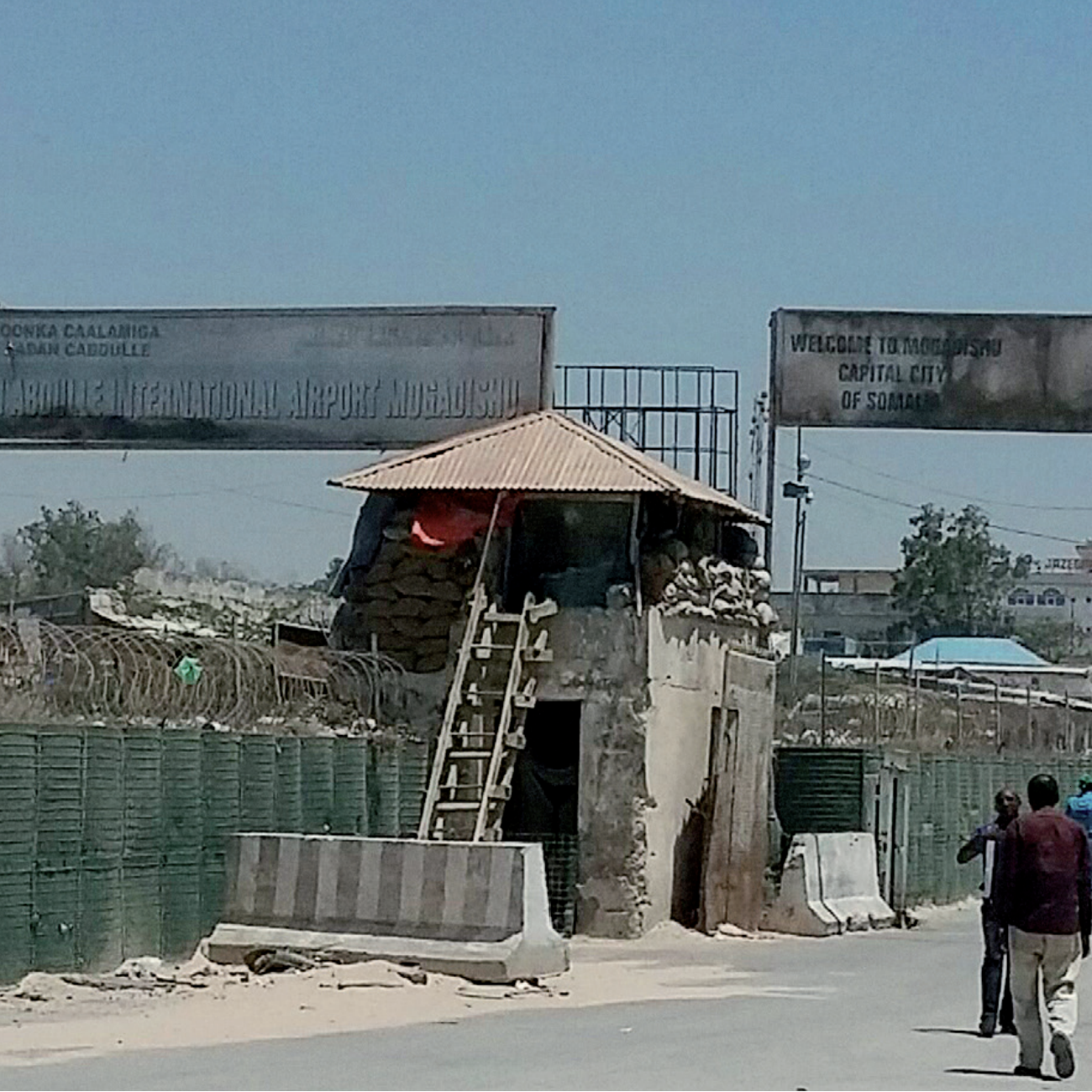The construction of an encampment comprising 50 residential buildings for the United Nations in the airport area was completed in 2011. The buildings were intended to host UN staff giving institutional backing to the local government.
Despite their recent construction, the reinforced concrete buildings present serious problems reflected on most of their elements, as well as cracks and significant spalling showing reinforcement. The contract was put out to international tender by the UN in order to clarify the structural safety of buildings and shed more light on the reasons behind their accelerated deterioration. Prior to the structural assessment, since there was no reliable information, it was necessary to develop geometry definition and reinforcement plans based on an inspection campaign. A damage inspection was in turn carried out, seeking to find a pattern that would enable to gain more information about the possible deterioration causes. Once the different structural typologies were studied and all damages were localized and identified, a test campaign was launched, aiming at the concrete and steel characterization and the identification of active deterioration processes. To this end, 18 concrete samples were extracted. Laboratory tests were completed with an on-site non-destructive battery of tests that made it possible to extrapolate results and draw conclusions. After knowing the geometry, reinforcement, mechanical characteristics of materials and existing damages, it was possible to assess the structural safety of all 50 buildings. It was concluded that 14 buildings did not conform with the provisions of the Eurocode and needed reinforcement.
From the global analysis, it may be concluded that the current condition of the buildings is due to 4 main reasons: the construction process is not much technified, which leads to a great heterogeneity in construction materials; the biological origin of the aggregate used for the concrete production is very porous and high in salt; the design criteria didn’t meet the requirements since the concrete used was not suitable for the exposure conditions; the marine environment to which the buildings are exposed favors carbonation and the high salt content in concrete, reducing its mechanical properties.

Calle Núñez de Balboa, 120
28006 Madrid
Spain
Tu privacidad es importante
Nosotros y nuestros partners usamos cookies para personalizar el contenido y pueden recopilar información no confidencial. Para más información visita las Condiciones de uso.